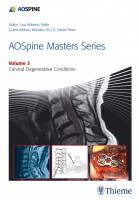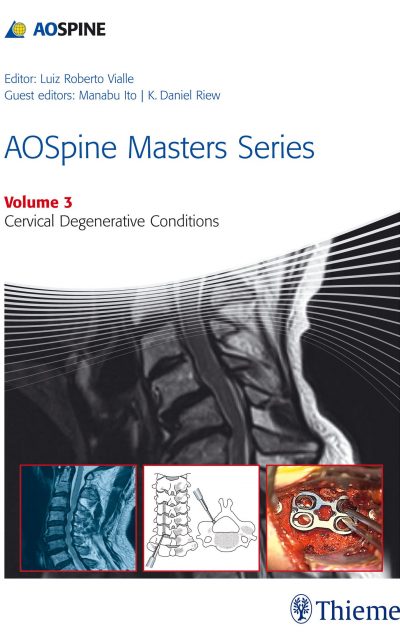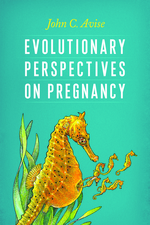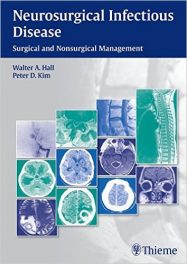 Editor: Luiz Roberto Vialle
Editor: Luiz Roberto Vialle
Guest Editors: Manabu Ito and K. Daniel Riew
Publisher: Thieme – 131 pages, with 62 illustrations
Book Review by: Nano Khilnani
This compact book of 131 pages with eleven chapters is on the narrow field of cervical spine procedures, most of which are common such as: anterior procedures, arthroplasty, laminectomy and fusion, laminosplasty, occipitocervical fixation, pedicle screw fixation, and posterior foraminotomy.
Advances in imaging technology such as the operating microscope and navigation, and radiological imaging methods such computed tomography (CT) and magnetic resonance imaging (MRI), implant materials such as cobalt and titanium chromium, and implant technologies such as arthroplasty and segment fixation were nonexistent 60 years ago.
Until the 1950s, surgical procedures that treated degenerative cervical spine disorders were limited to posterior laminectomies. It was not until the 1950s, that Robert Bailey, Ralph Cloward, and Robert Robinson were independently developing the anterior approach to cervical spine disorders.
But today, surgeons are able to decompress and stabilize every level of the cervical spine both from an anterior and a posterior approach.
Twenty-nine experts in allied medical-scientific fields from the United States and Brazil, Canada, India, Japan, Korea, and New Zealand, including the editors, wrote the chapters for this book. Most are surgeons: neurosurgeons, orthopedic surgeons, spine surgeons, and the like.
This book has eleven short chapters, namely:
- Laminoplasty for Multilevel Myelopathy and Radiculomyelopathy
- Anterior Cervical Decompression and Fusion Techniques
- Indications and Techniques of Cervical Pedicle Screws C3-7 for Degenerative Conditions
- Laminectomy and Fusion for Cervical Spondylotic Myelopathy
- Posterior Cervical Minimally Invasive Microendoscopic Foraminotomy
- Navigation for Cervical Reconstruction Surgery
- Cervical Disk Arthroplasty
- Cervical Sagittal Balance: What Is Normal and What is the Effect?
- Complications of Anterior Surgery: Vertebral Artery Injury, Esophageal Perforation, and Dysphagia
- Adjacent Segment Pathology of the Cervical Spine
- Upper Cervical Screw-Fixation Techniques: How to Avoid Complications
The chapters start with an Introduction, followed usually by Surgical Indications, Surgical Approach, Surgical Instruments, and Surgical Procedures. Positioning of the Patient and topics relating to the procedures follow. The chapters also provide discussion of topics such as sutures, and wound closure.
Towards the end of the chapters, you will find brief sections on Postoperative Care, Surgical Results, Discussion, and a Chapter Summary. A box with Pearls and Pitfalls is also provided, and the final section is a list of References, topped with Five Must-Read References.
Series Editor:
Luiz Roberto Vialle, MD, PhD is Professor of Orthopedics in the Spine Unit at the School of Medicine of the Catholic University of Parana State in Curituba, Brazil.
Guest Editors:
K. Daniel Riew, MD is Mildred B. Simon Distinguished Professor of Orthopedic Surgery; Professor of Neurologic Surgery; and Chief of Cervical Spine Surgery in Washington University Orthopedics at Washington School of Medicine in St. Louis, Missouri.
Manabu Ito, MD, PhD is Director of the Department of Spine and Spinal Cord Disorders in National Hospital Organization at Hokkaido Medical Center in Sapporo, Japan.







